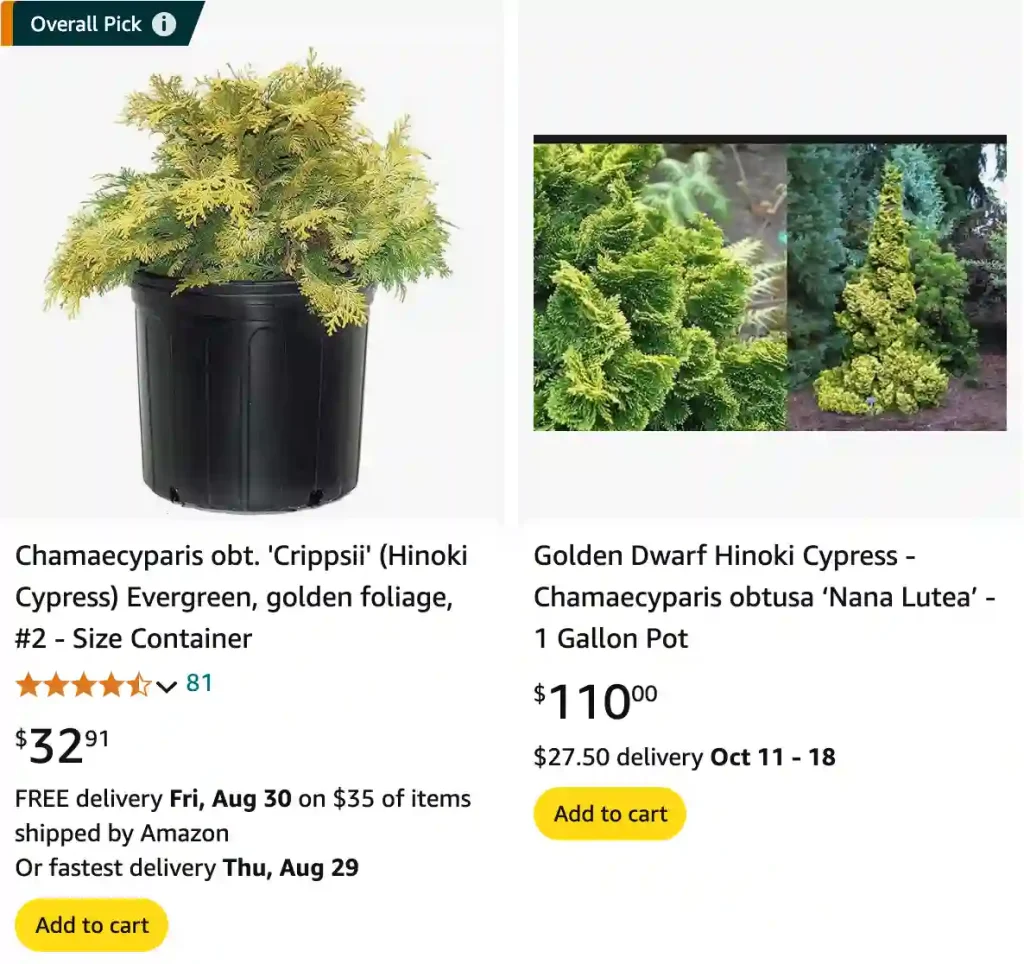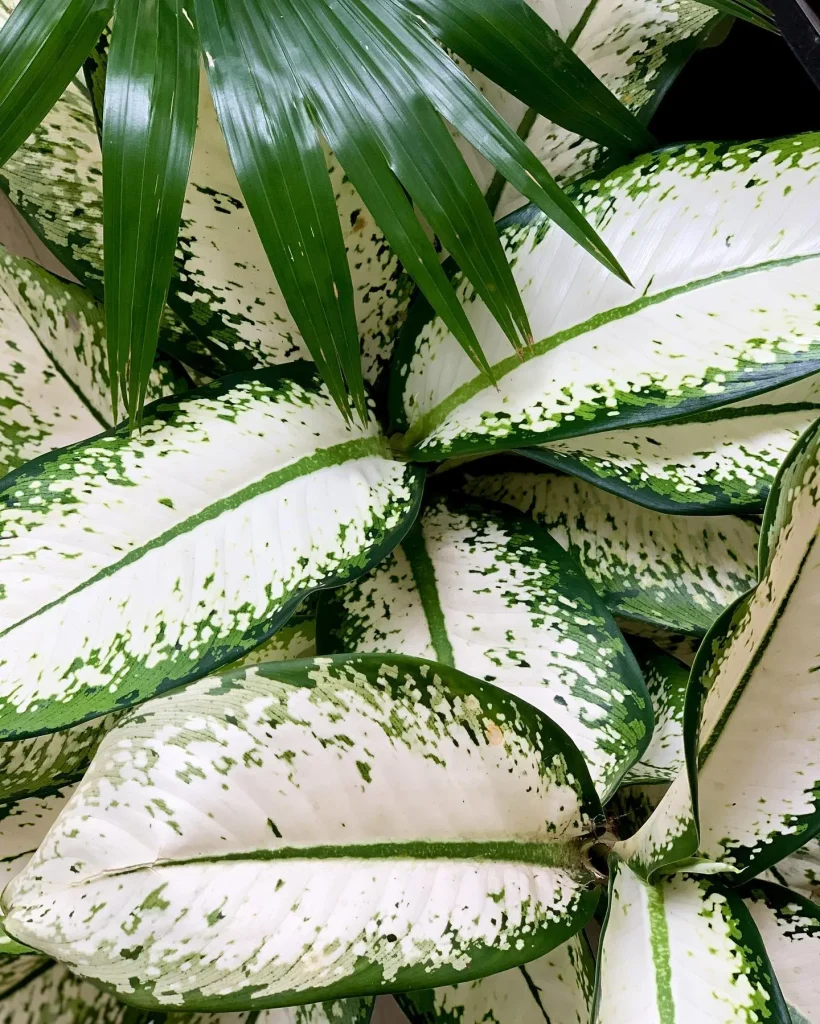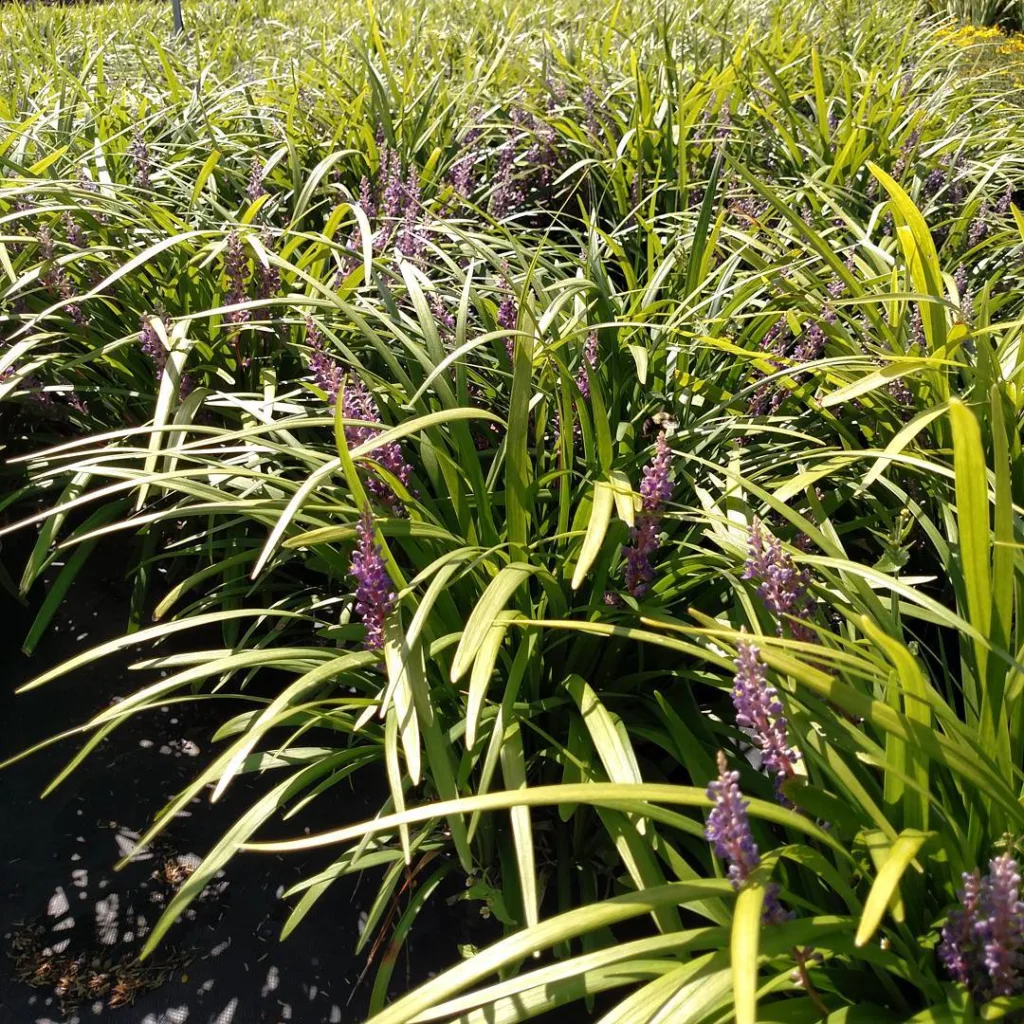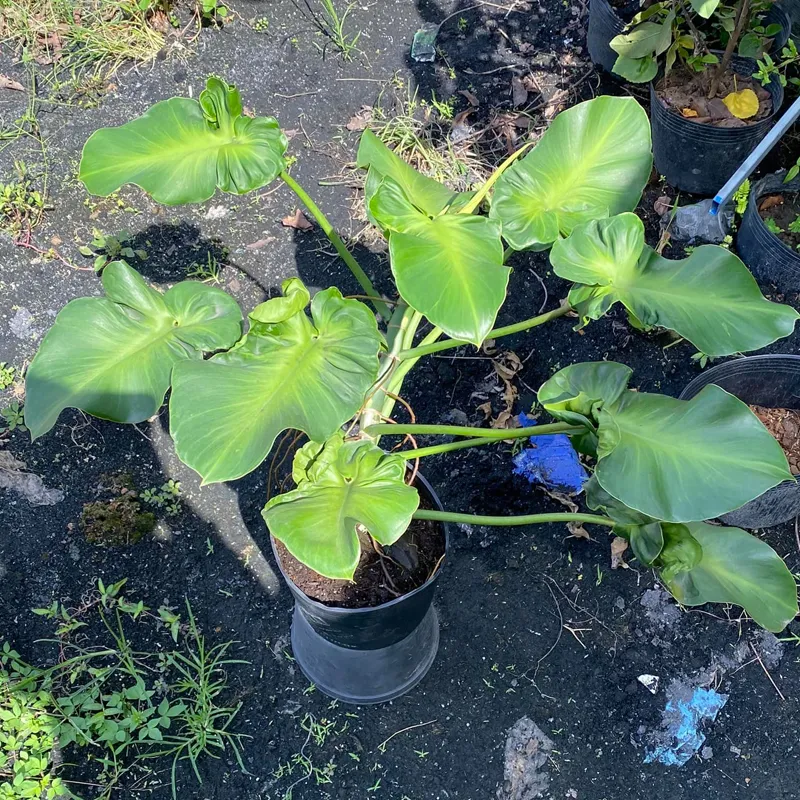
FAQs About Hinoki Cypress
Hinoki Cypress, or Chamaecyparis Obtusa, is a beautiful and versatile conifer that has become increasingly popular among gardeners and bonsai enthusiasts alike. With its lush, feathery foliage and unique aesthetic, it’s no wonder this plant garners so many questions. Let me guide you through the most frequently asked questions about Hinoki Cypress, sharing what I’ve learned from my own experiences and research.
How to Grow Hinoki Cypress?
Growing Hinoki Cypress is relatively straightforward, but it does require some specific conditions to thrive. First, choose a location with well-drained soil. Hinoki Cypress prefers slightly acidic to neutral soil pH. Ensure that the spot you select has adequate drainage, as standing water can lead to root rot.
When planting, dig a hole that’s twice as wide as the root ball and just as deep. Place the tree in the hole, ensuring that the top of the root ball is level with the surrounding soil. Backfill the hole with a mix of soil and compost, and water thoroughly to remove air pockets. Mulch around the base to retain moisture and keep weeds at bay.
Are Hinoki Cypress Deer Resistant?
Yes, Hinoki Cypress is generally considered deer resistant. Its dense, aromatic foliage is not particularly appealing to deer, which tend to avoid it. However, in times of extreme hunger, deer might still nibble on it, so if you live in an area with high deer activity, consider additional deterrents.
How Fast Does Hinoki Cypress Grow?
Hinoki Cypress has a slow to moderate growth rate. On average, it grows about 6 to 12 inches per year. This slow growth rate makes it an excellent choice for bonsai cultivation, as it maintains its shape and form over time without excessive pruning.
How Much Sun Does a Hinoki Cypress Need?
Hinoki Cypress prefers full sun to partial shade. Ideally, it should receive at least 4 to 6 hours of direct sunlight daily. In hotter climates, some afternoon shade can help protect the plant from scorching, but too much shade can lead to a sparse appearance and reduced growth.
How to Care for Hinoki Cypress?
Caring for Hinoki Cypress involves a few key practices. Ensure that the soil remains consistently moist but not waterlogged. During dry spells, water the tree thoroughly. Fertilize in the spring with a balanced, slow-release fertilizer to promote healthy growth. In colder climates, consider mulching around the base to protect the roots from frost.
How to Propagate Hinoki Cypress?
Propagating Hinoki Cypress can be done through both seeds and cuttings. Seeds should be sown in a seed-starting mix and kept in a warm, humid environment until germination. For cuttings, take 4 to 6-inch-long cuttings from new growth in late summer. Dip the cuttings in rooting hormone, then plant them in a well-draining mix. Keep them in a humid environment until roots develop.
How to Prune a Hinoki Cypress?
Pruning Hinoki Cypress should be done carefully to maintain its natural shape. Trim back any dead or diseased branches first. For shaping, prune during late winter or early spring before new growth starts. Avoid heavy pruning, as Hinoki Cypress has a slow recovery rate and excessive cutting can affect its health.
When to Prune Hinoki Cypress?
The best time to prune Hinoki Cypress is late winter or early spring before the new growth begins. This timing helps the plant heal quickly and ensures it remains healthy throughout the growing season. Avoid pruning during the summer or fall, as this can stress the plant and make it more susceptible to diseases.
When to Repot Hinoki Cypress Bonsai?
If you’re growing Hinoki Cypress as a bonsai, repotting should occur every 2 to 3 years, typically in early spring. Check the roots for signs of overcrowding. When repotting, trim the roots to encourage new growth and use fresh bonsai soil to provide adequate drainage.
Where to Buy Hinoki Cypress?
Hinoki Cypress can be purchased from local nurseries, garden centers, or online retailers. When buying, look for reputable sources that provide healthy, well-maintained plants. If you’re considering a bonsai, specialized bonsai shops or nurseries are ideal places to find a quality specimen.
Why Is My Hinoki Cypress Turning Brown?
If your Hinoki Cypress is turning brown, it could be due to a few reasons: overwatering, underwatering, or a fungal disease. Check the soil moisture and adjust watering practices accordingly. Ensure proper drainage and avoid wetting the foliage to minimize fungal risks. If brown areas persist, consider consulting a plant specialist.
Is Hinoki Cypress Toxic to Dogs?
Hinoki Cypress is not considered toxic to dogs. However, ingestion of large quantities can cause gastrointestinal upset. If you notice any unusual symptoms in your pet after they’ve been near the plant, consult your veterinarian.
Hinoki Cypress vs False Cypress
Hinoki Cypress (Chamaecyparis obtusa) and False Cypress (Chamaecyparis pisifera) are often confused due to their similar appearances. Hinoki Cypress has a denser, more compact growth habit and aromatic foliage, while False Cypress tends to have a more open, loosely arranged structure. Both are hardy and low-maintenance, but Hinoki Cypress generally has a more formal appearance compared to the more relaxed look of False Cypress.
In summary, Hinoki Cypress is a versatile and attractive plant that can enhance any garden or bonsai collection. With the right care and attention, it can thrive and add beauty for years to come. If you’re considering adding this unique conifer to your garden, understanding these FAQs will help ensure a successful and rewarding experience.



